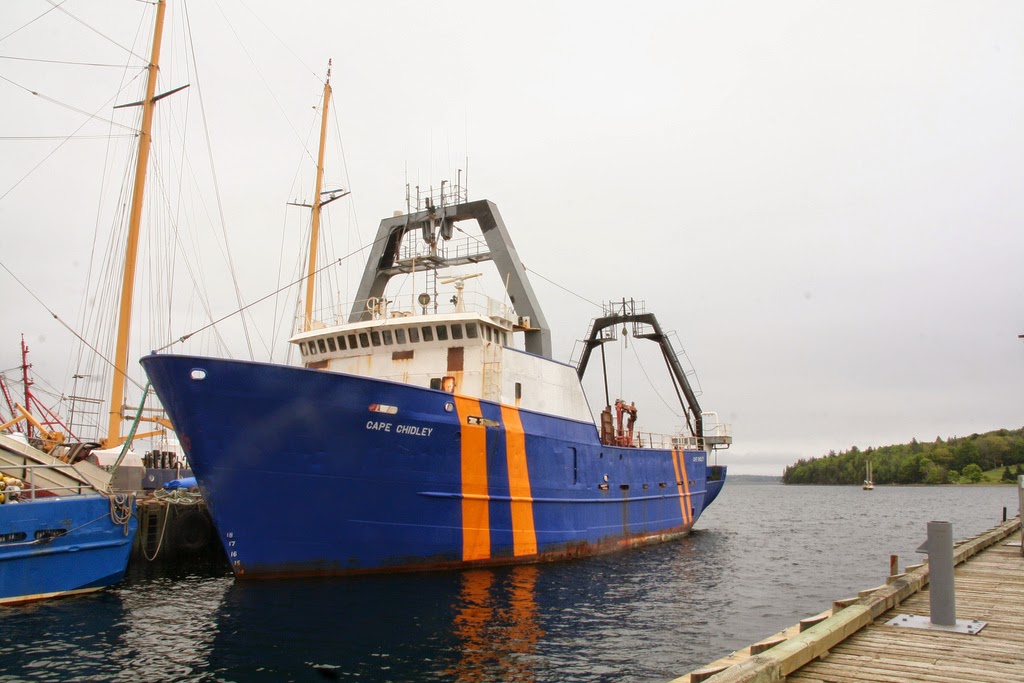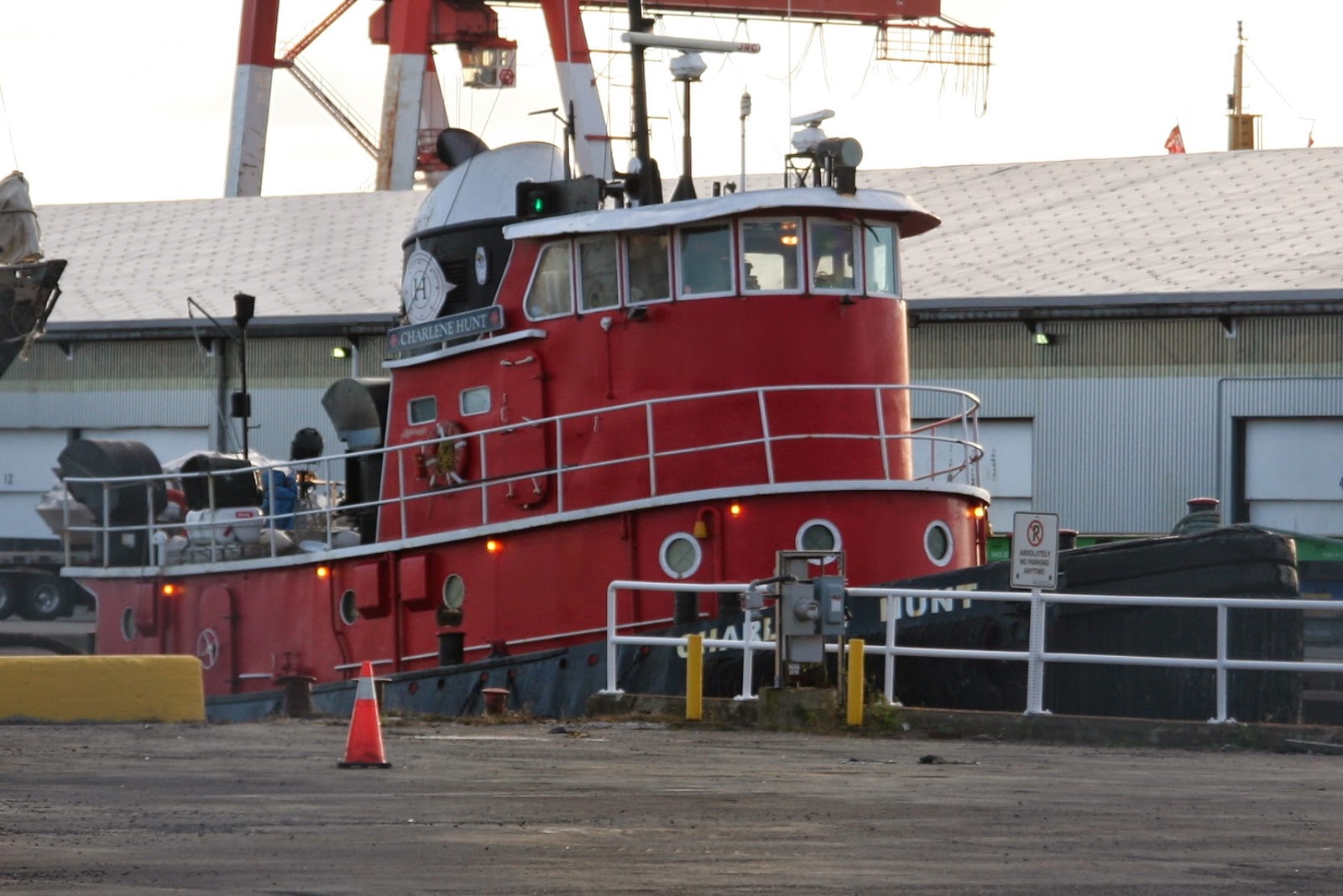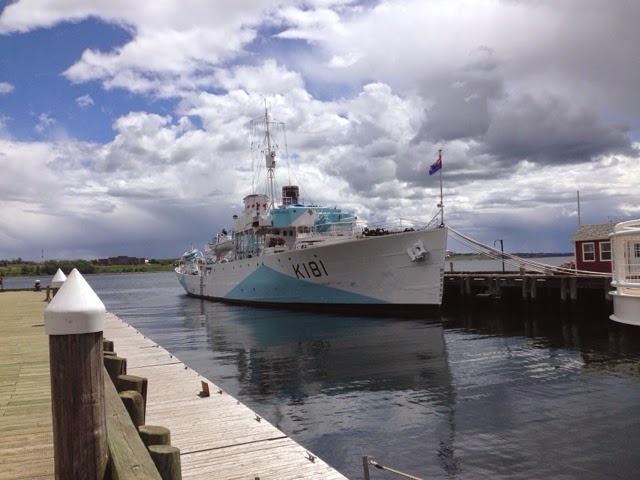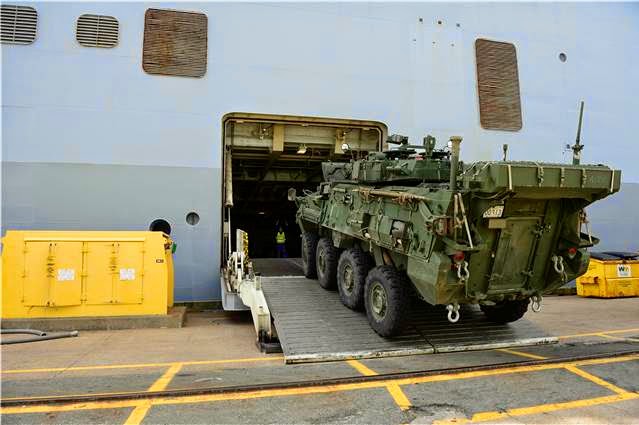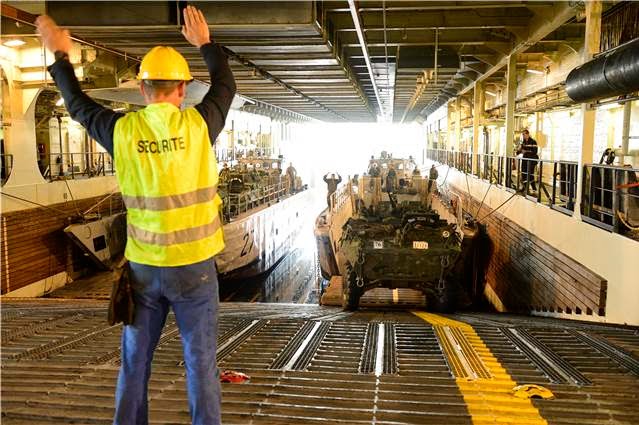This summer, the Government of Canada and an unprecedented number of organizations from the public, private and non-profit sectors will partner together, using state-of-the-art technology, to locate the historic ships of the ill-fated 1845 Franklin Expedition. The 2014 Franklin Expedition will also have the added benefit of furthering our knowledge in a number of priority areas, including through the collection of important scientific information about Canada’s most remote region.
Government partners for the 2014 Victoria Strait expedition include Parks Canada, Fisheries and Oceans Canada, the Canadian Coast Guard, the Royal Canadian Navy, Defence Research & Development Canada (DRDC) (an agency of the Department of National Defence), Environment Canada, and the Canadian Space Agency, as well as the Governments of Nunavut and Great Britain.
Private and non-profit partners include the Arctic Research Foundation, the Royal Canadian Geographical Society who additionally brings in The W. Garfield Weston Foundation, Shell Canada and One Ocean Expeditions as partners.
There will be a record number of ships (4) supporting the 2014 Victoria Strait Expedition: CCGS Sir Wilfrid Laurier (Canadian Coast Guard), HMCS Kingston (Royal Canadian Navy), research vessel Martin Bergmann (Arctic Research Foundation) and One Ocean Voyager (One Ocean Expeditions), as well as a number of smaller platform vessels.
Some of the leading technologies to be employed will include the Canadian Space Agency’s RADARSAT-2 satellite imagery, high resolution multi-beam and side-scan sonar, Parks Canada’s remotely operated underwater vehicle, and DRDC’s state-of-the-art autonomous underwater vehicle, which was developed in collaboration with private-sector partners.
Since 2008, over 1,200 km2 of the Arctic seabed, which is equivalent to over 2,200 football fields, has been newly surveyed and charted in the search for the Franklin ships. In 2012, the Canadian Hydrographic Service, with the support of the Canadian Coast Guard, completed new surveys of a route farther south into Alexandra Strait, constituting an alternate route around King William Island and has improved marine safety, search and rescue response time, and fuel economization.

